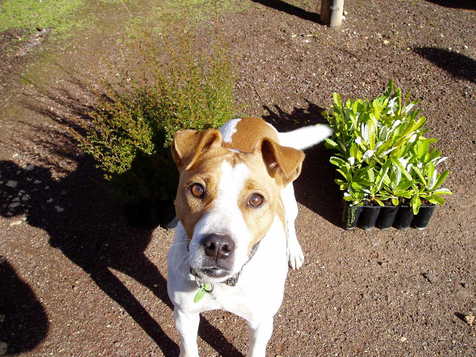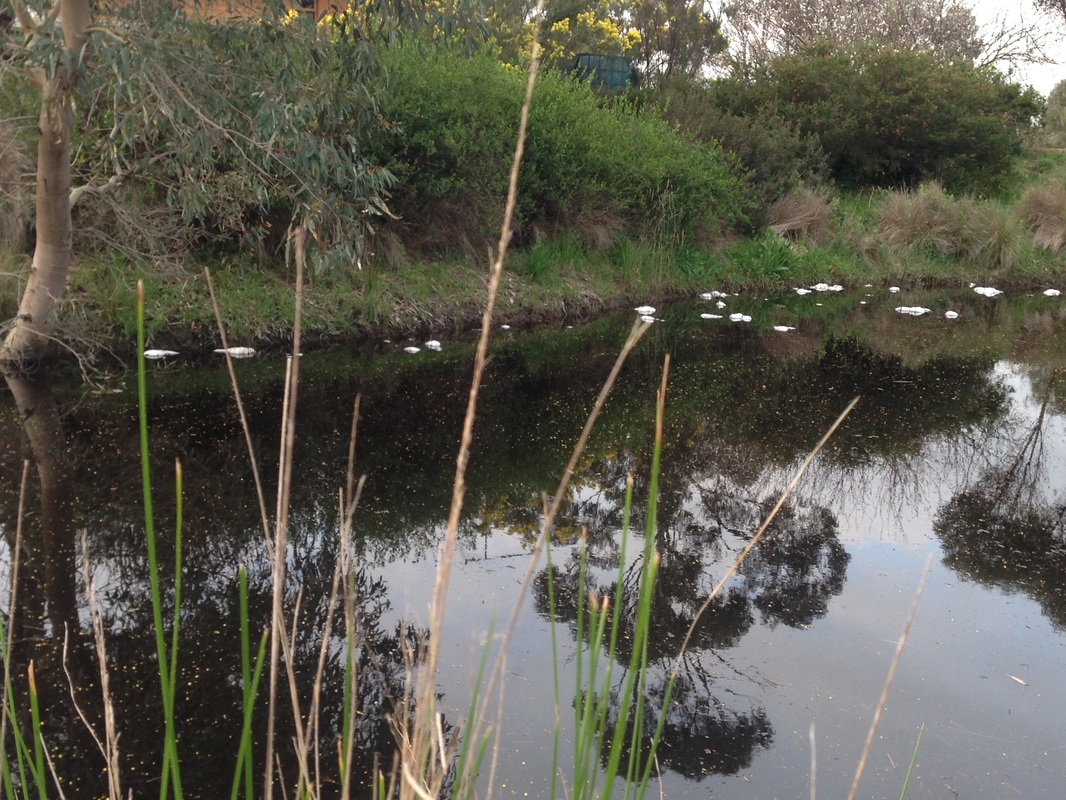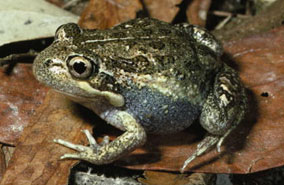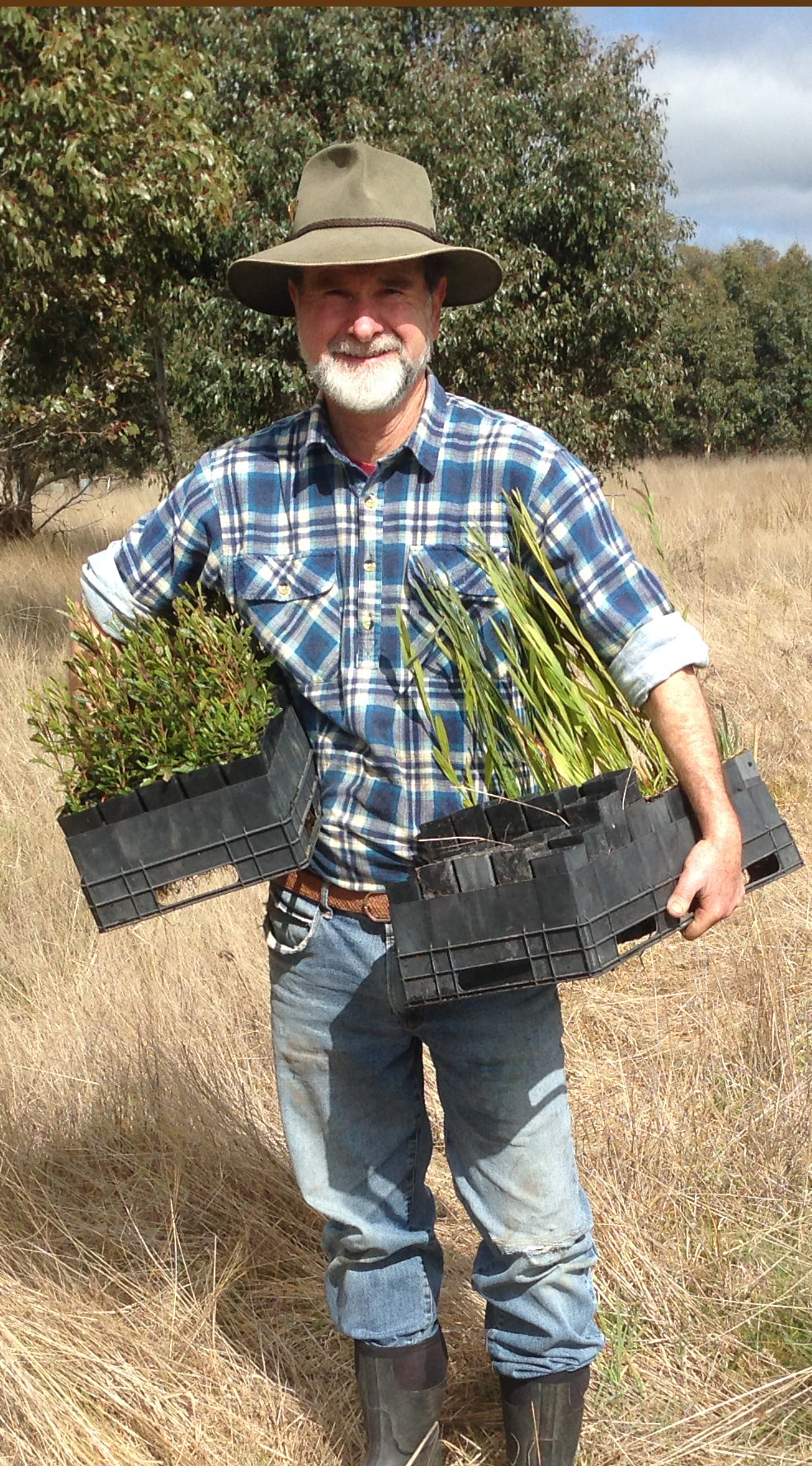Recreating the Country blog |
1 Comment
Gib Wettenhall
17/10/2016 11:42:13 am
I love the sound (and name) of pobblebonks
Reply
Leave a Reply. |
Click on the image below to discover 'Recreating the Country' the book.
Stephen Murphy is an author, an ecologist and a nurseryman. He has been a designer of natural landscapes for over 30 years. He loves the bush, supports Landcare and is a volunteer helping to conserve local reserves.
He continues to write about ecology, natural history and sustainable biorich landscape design. 
|




 RSS Feed
RSS Feed
